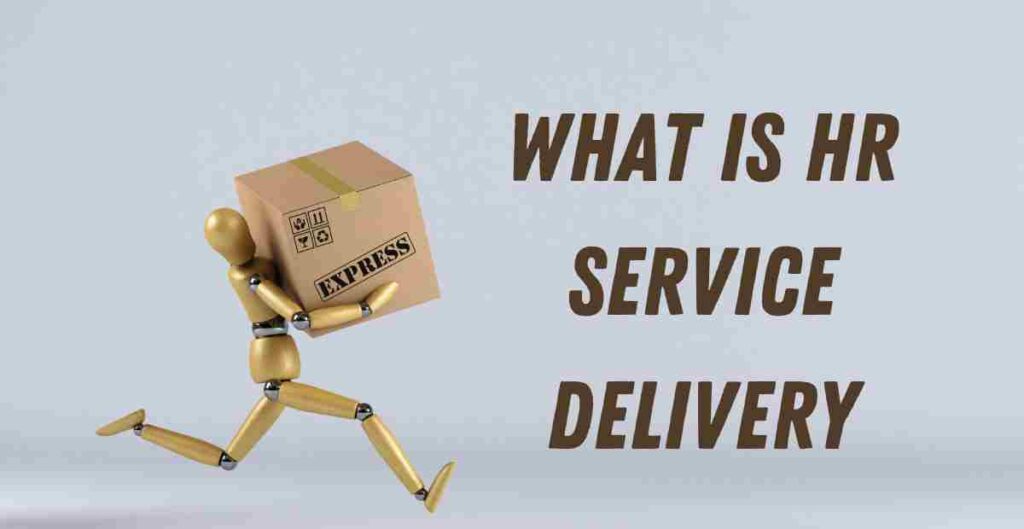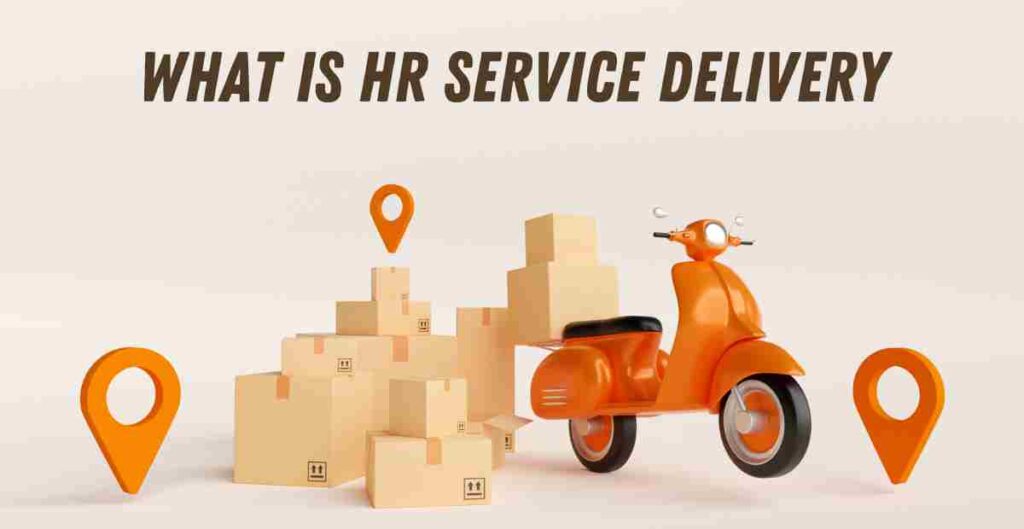As an HR professional, I understand the importance of delivering quality HR services to employees. HR service delivery refers to the process of providing various HR services to employees in an organization. In this article, I will explain what HR service delivery is, its importance, different models, best practices, examples of successful implementation, tools and technologies, benefits, challenges, and the future of HR service delivery.
What is HR Service Delivery?

HR service delivery is the process of providing HR services to employees within an organization. These services can range from onboarding new employees to managing benefits and payroll. HR service delivery ensures that employees have access to the necessary resources and support to perform their jobs effectively.
Importance of HR Service Delivery

Effective HR service delivery is crucial to the success of any organization. It ensures that employees are engaged, productive, and satisfied with their jobs. HR service delivery also helps organizations attract and retain top talent, improve employee morale, and ultimately drive business success.
HR Service Delivery Models
There are three main HR service delivery models: centralized, decentralized, and shared services. Each model has its own advantages and disadvantages, and choosing the right one depends on the organization’s size, structure, and culture.
Centralized HR Service Delivery Model
In a centralized model, all HR services are provided by a central HR department. This model is best suited for larger organizations with multiple locations and a large workforce. The centralized model allows for consistency in HR policies and practices across the organization, ensuring that all employees are treated fairly.
Decentralized HR Service Delivery Model
In a decentralized model, each department or business unit is responsible for its own HR services. This model is best suited for smaller organizations with fewer employees and a simpler HR structure. The decentralized model allows for more flexibility and autonomy in HR decision-making.
Shared Services HR Delivery Model
In a shared services model, HR services are provided by a shared services center that serves multiple departments or business units. This model is best suited for medium-sized organizations that want to balance consistency and flexibility in their HR services.
Best Practices for Implementing HR Service Delivery
Implementing an effective HR service delivery model requires careful planning, communication, and collaboration. Here are some best practices to consider:
Establish Clear Objectives and Goals
Before implementing a new HR service delivery model, it’s essential to establish clear objectives and goals. This will help ensure that the new model aligns with the organization’s overall strategy and objectives.
Involve Key Stakeholders
HR service delivery affects the entire organization, so it’s important to involve key stakeholders in the planning and implementation process. This includes HR professionals, department heads, and employees.
Communicate Effectively
Clear and effective communication is essential to the success of any HR service delivery model. Employees should be informed of any changes and provided with the necessary training and support to adapt to the new model.
Monitor and Evaluate Performance
Regular monitoring and evaluation of the new HR service delivery model will help identify any issues and ensure that it continues to meet the organization’s objectives and goals.
Examples of Successful HR Service Delivery Models
There are many examples of successful HR service delivery models across different industries. Here are a few examples:
General Electric
General Electric implemented a shared services model for its HR services, which resulted in significant cost savings and improved HR service delivery. The shared services center provides HR services to over 300,000 employees in 170 countries.
Procter & Gamble
Procter & Gamble implemented a centralized model for its HR services, which allowed for consistency in HR policies and practices across the organization. This model also allowed for better tracking and analysis of HR metrics.
Microsoft
Microsoft implemented a decentralized model for its HR services, which allowed for more flexibility and autonomy in HR decision-making. This model also allowed for better alignment of HR services with the needs of individual departments and business units.
HR Service Delivery Tools and Technologies
There are many tools and technologies available to support HR service delivery. These include:
HR Management Systems
HR management systems provide a centralized platform for managing HR services, including payroll, benefits, and employee data.
Employee Self-Service Portals
Employee self-service portals allow employees to access HR services and information, such as their pay stubs and benefits information, online.
Chatbots and Virtual Assistants
Chatbots and virtual assistants can provide employees with quick and easy access to HR services and information, without the need for human intervention.
Benefits of HR Service Delivery
Effective HR service delivery can provide many benefits to organizations, including:
Improved Employee Satisfaction
Providing quality HR services can improve employee satisfaction and engagement, leading to increased productivity and retention.
Cost Savings
Implementing an effective HR service delivery model can result in significant cost savings through streamlined processes and reduced administrative overhead.
Improved Compliance
Effective HR service delivery can ensure compliance with legal and regulatory requirements, reducing the risk of penalties and lawsuits.
Challenges in HR Service Delivery Implementation
Implementing an effective HR service delivery model can be challenging. Here are some common challenges to consider:
Resistance to Change
Employees may resist changes to HR processes and services, particularly if they are used to a certain way of doing things.
Lack of Resources
Implementing a new HR service delivery model may require additional resources, such as staff, training, and technology, which can be a challenge for some organizations.
Integration with Existing Systems
Integrating a new HR service delivery model with existing systems and processes can be complex and time-consuming.
Conclusion – The Future of HR Service Delivery
Effective HR service delivery is critical to the success of any organization. As technology continues to evolve, we can expect to see more innovative tools and technologies to support HR service delivery. However, it’s important to remember that successful HR service delivery requires more than just technology – it requires careful planning, communication, and collaboration to ensure that employees have access to the necessary resources and support to perform their jobs effectively.
Implementing an effective HR service delivery model can be challenging, but the benefits are well worth it. If you’re looking to improve your organization’s HR service delivery, consider these best practices and examples of successful implementation.

